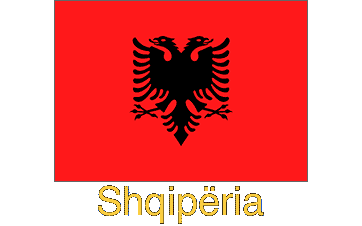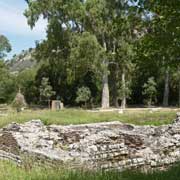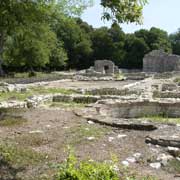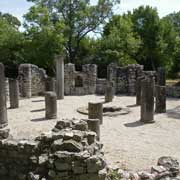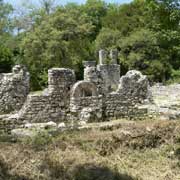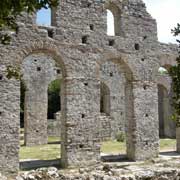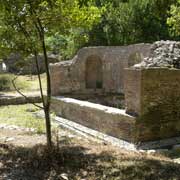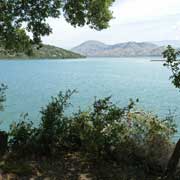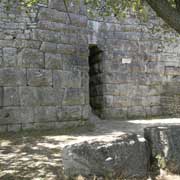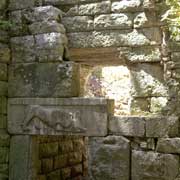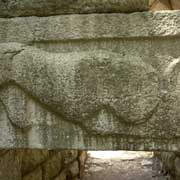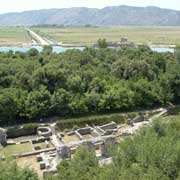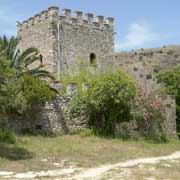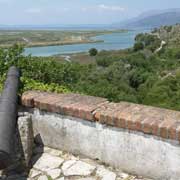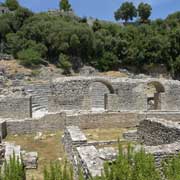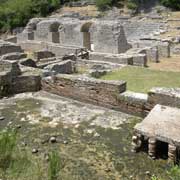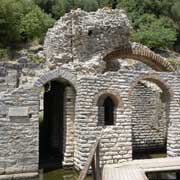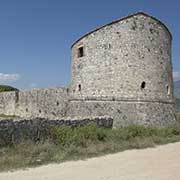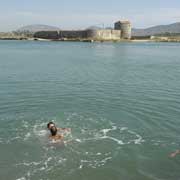Photos from Albania
Butrint, a UNESCO World Heritage archaeological site
About 24 kilometres south of Saranda in the far southeast of Albania is the ancient site of Butrinti (or Butrint when in a sentence with a preposition), formerly a Greek town (Bouthroton), first occupied between the 10th and 8th centuries BCE. It was strategically important and had a theatre, a sanctuary to Asclepius and an agora in the 4th Century BCE. In 228 BCE, Bouthroton became a Roman protectorate (Buthrotum), and in 44 BCE, Caesar designated it as a colony.
you may then send it as a postcard if you wish.
Over the years, it was expanded as a truly Roman town. It was partly destroyed by an earthquake in the 3rd century CE but rebuilt. It included the grand Triconch Palace, the house of a significant local notable, built around 425.
In the early 6th Century CE, Buthrotum became the seat of a bishop. A large baptistry and a basilica were built. Emperor Justinian strengthened the city’s walls; even so, in 550, it was sacked by the Ostrogoths. It changed hands many times in the Middle Ages, including the Bulgarian and Byzantine Empires, the Angevins of southern Italy and the Venetians. In 1797, Butrint was ceded by Venice to the French but was conquered two years later by the local Turkish governor Ali Pasha Tepelena. It was a part of the Ottoman Empire until Albanian independence in 1912. By that time, the site of the original city had been unoccupied for centuries and was surrounded by malarial marshes. In 1992 Butrint was included in the UNESCO list of World Heritage Sites.


